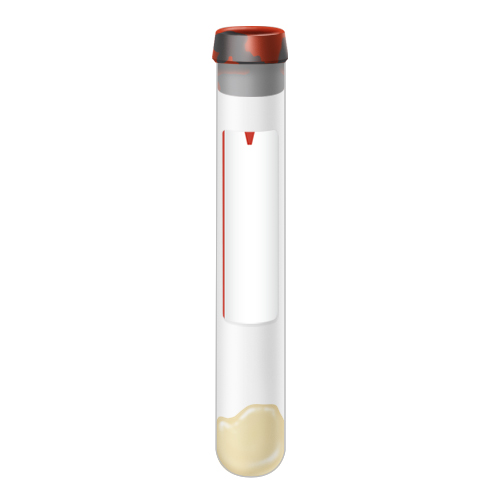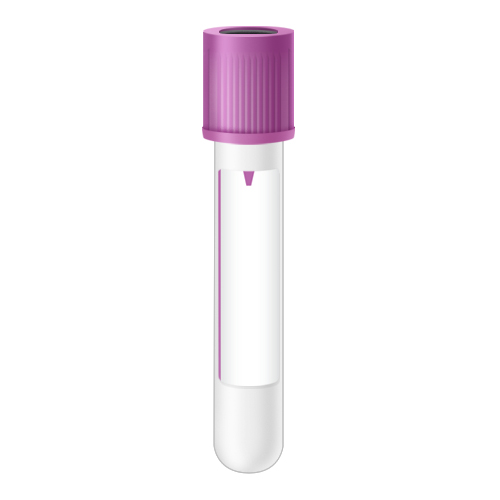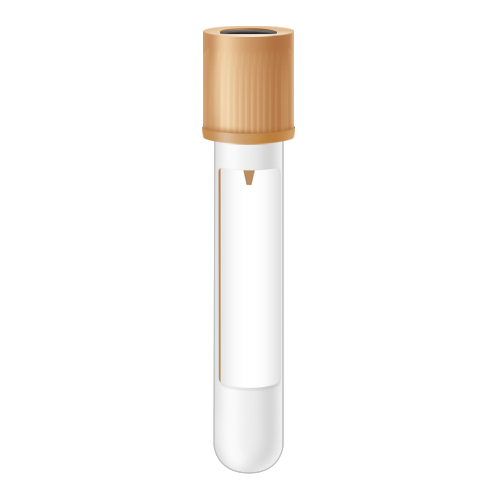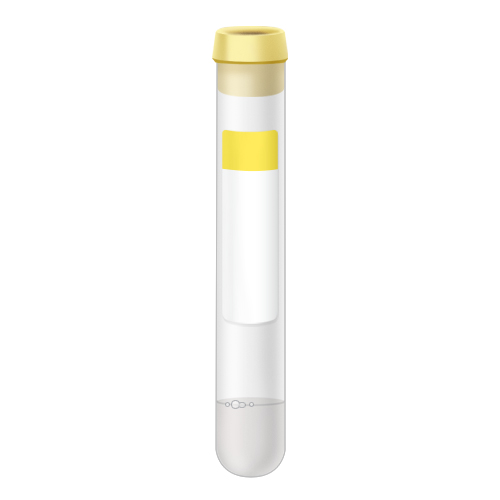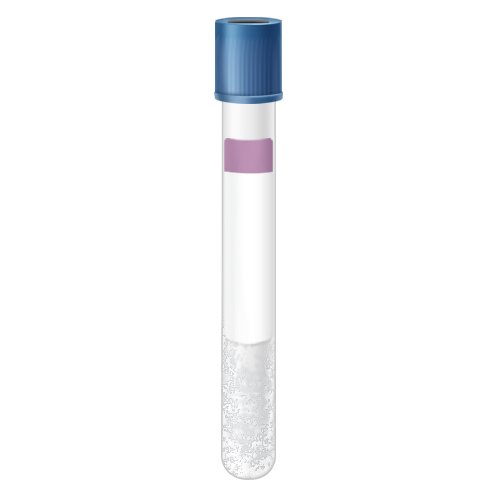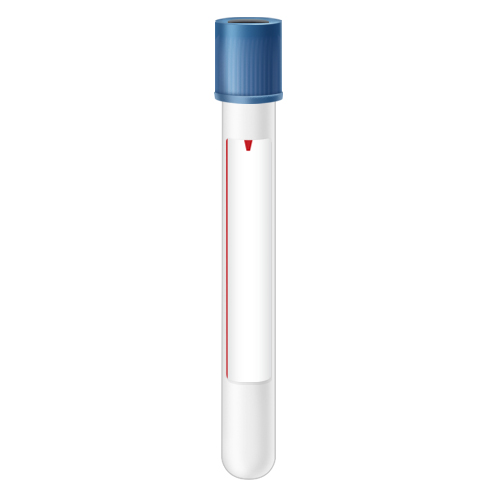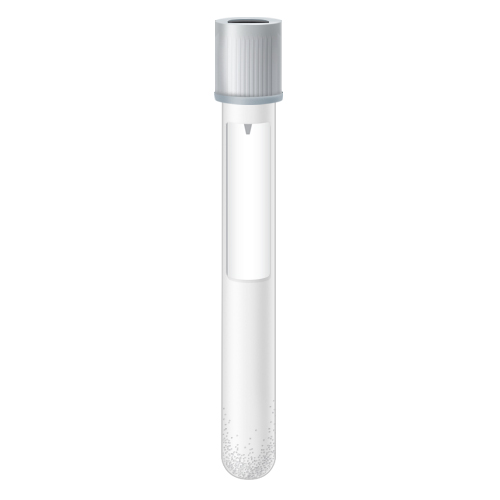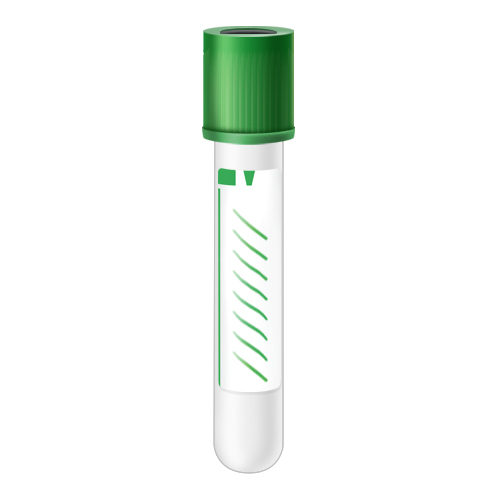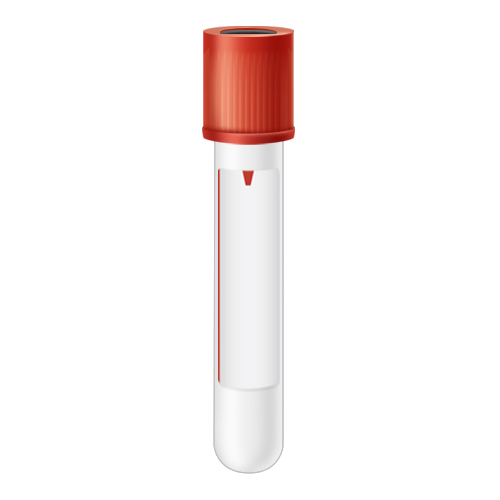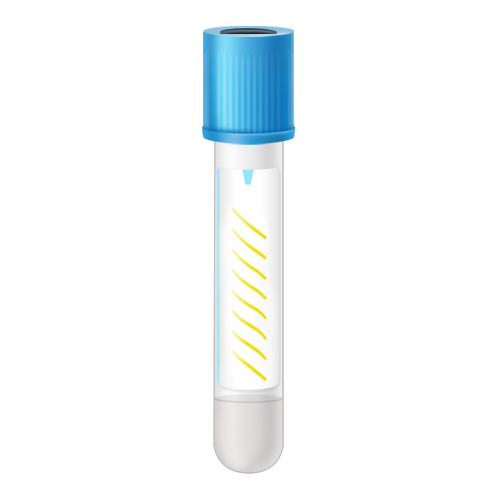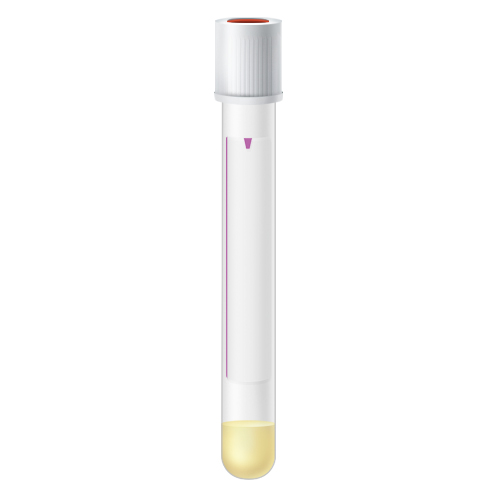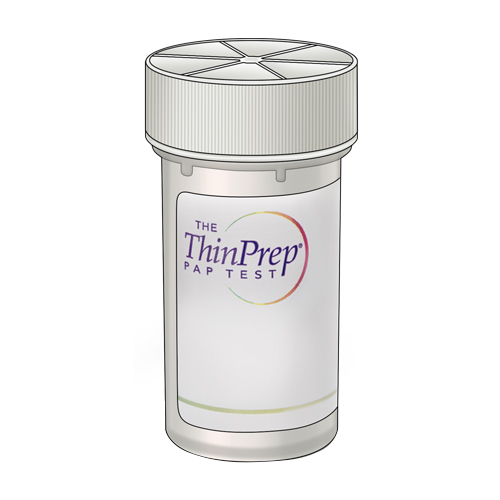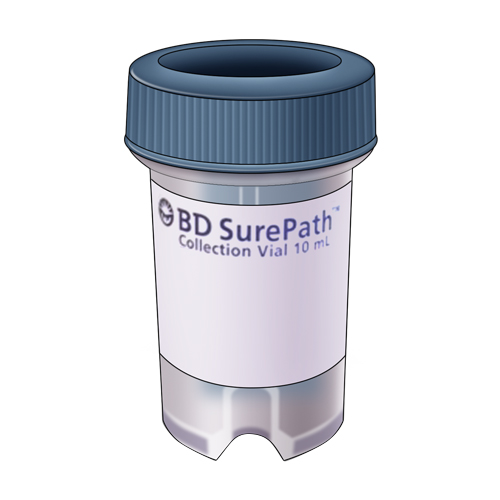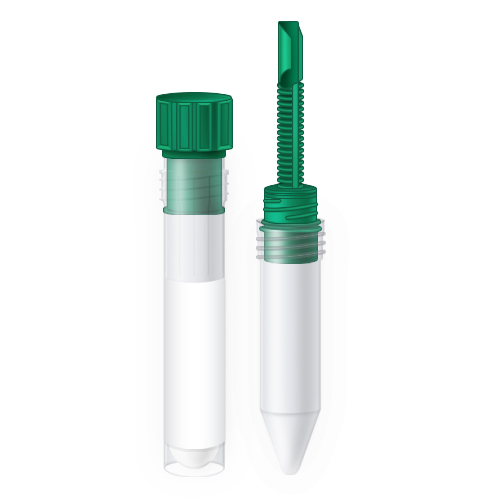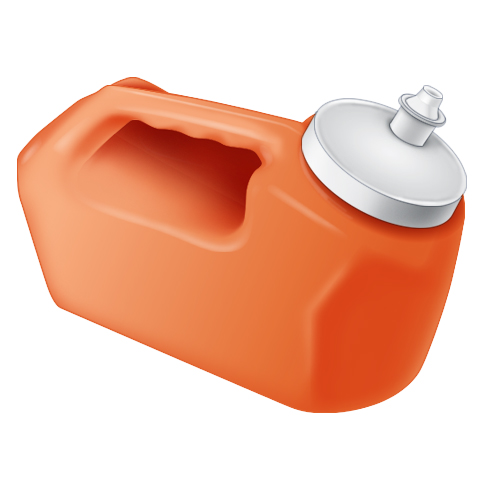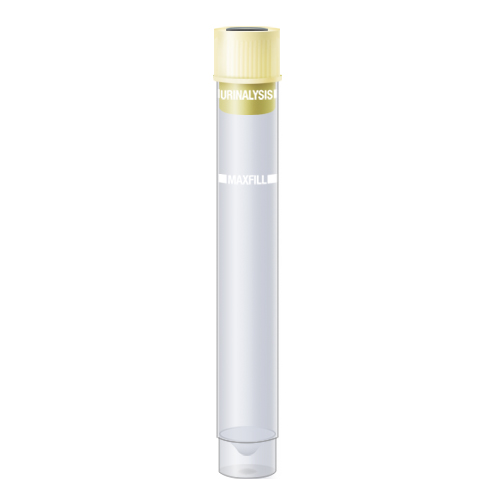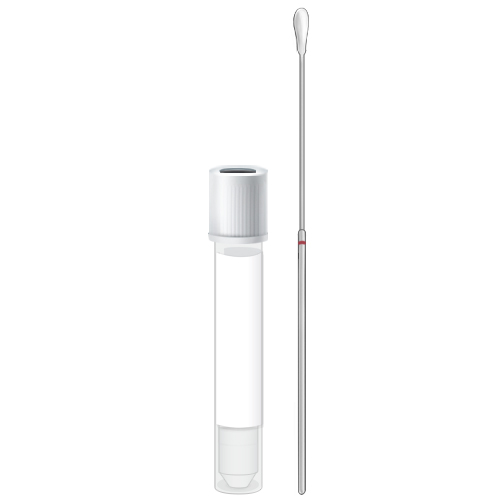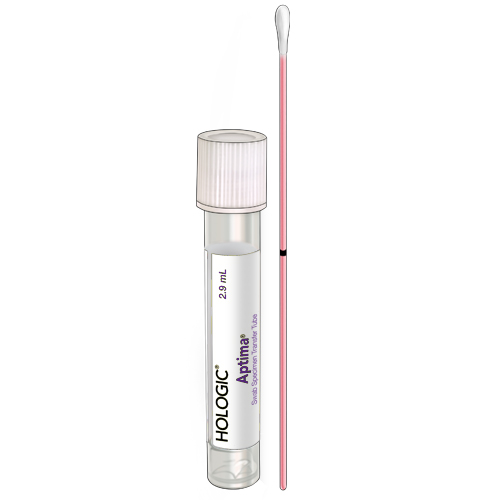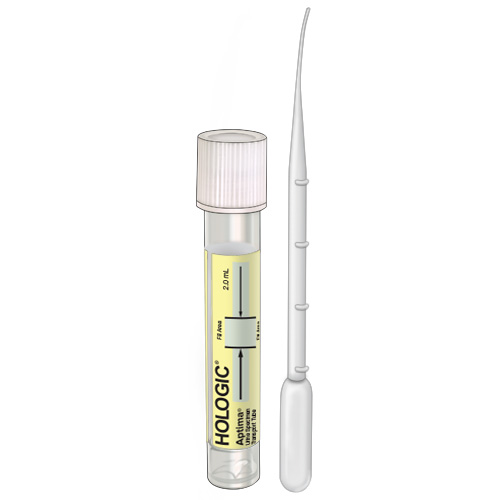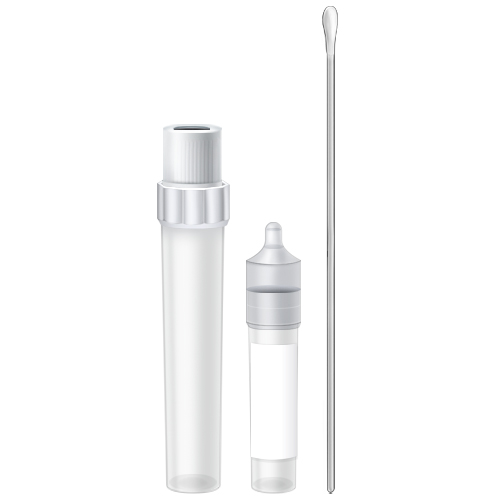No matter age or background, there are about 20 million new sexually transmitted infection cases every year in the US, according to ASHA. Anyone that is sexually active can become infected with a sexually transmitted infection or STI, according to the CDC. However, there are some groups that are more affected: adolescents, young adults, pregnant women, and infants. It’s important to remember that STIs are preventable and there are many ways to reduce the risk of becoming infected or passing infection on to others. STI testing helps inform patients of their status. Read on for a breakdown of facts about STIs, tips for prevention and the importance of knowing your sexual health status with testing.
Know the Facts on STI Testing
Recent CDC statistics from 2018 show that STIs are very common in the US.4 One in five people had an STI, which is about 68 million infections. About half of new sexually transmitted infections were among youth aged 15-24. The following are some common STIs:1
- Chlamydia
- Gonorrhea
- Genital herpes
- HPV (human papillomavirus)
- Syphilis
- HIV (human immunodeficiency virus)
Getting screened and tested for STIs is one of the most important things you can do to protect yourself and your sexual partners. Knowing your status and staying current with regular STI testing is a crucial aspect of maintaining one’s health and protecting others. The CDC offers the following recommendations for STI testing:
- All adults and adolescents between ages 13 to 64 should be tested at least once for HIV.
- Sexually active women younger than 25 years of age should be screened for gonorrhea and chlamydia annually.
- Women 25 years and older with risk factors that include having a new sexual partner, having more than one sexual partner, a sexual partner with concurrent partners, or a sexual partner who has an STI should be screened for gonorrhea and chlamydia yearly.
- Pregnant women should be screened for syphilis, HIV, hepatitis B, hepatitis C, chlamydia, and gonorrhea.
- All sexually active gay and bisexual men should be tested at least once a year for syphilis, chlamydia, and gonorrhea. Those who have multiple or anonymous partners should be tested more frequently.
- Sexually active gay and bisexual men may benefit from more frequent HIV testing; for instance, every 3 to 6 months.
- Anyone who practices or had unsafe sex or shares injection drug paraphernalia should get tested for HIV at least once a year.
Tips for STI Prevention
In 2019, the CDC reported that cases of chlamydia, gonorrhea, and syphilis reached an all-time high, rising for the sixth year in a row.5 While the COVID-19 pandemic contributed to a decrease in reported STIs in 2020, a 2021 CDC report notes a resurgence in cases.6 In addition to testing, there are many ways to protect yourself against STIs and becoming infected. Though STIs can cause symptoms such as painful urination, pain during sex, and sores, bumps, or discharge,3 many STI symptoms are silent, which can make diagnosis without testing or medical intervention complicated.2 Fortunately, many STIs are curable, but letting diseases like chlamydia or gonorrhea go untreated can lead to serious complications including infertility.1 Below are some important mitigation measures to practice as part of a safe and healthy lifestyle:
- Practice abstinence
- Use condoms
- Consider fewer sexual partners
- Get vaccinated and stay up-to-date with vaccinations
- Engage in open dialogue with your partner
- Get tested according to the guidelines and start treatment immediately if positive for an STI
Testing Through GenPath Women’s Health
At GenPath® Women’s Health, a division of BioReference®, we provide a convenient list of tests that can arm your physician with timely results with easy-to-collect samples. These tests help empower you to be health aware, actively treat infection if necessary, and potentially avoid further complications, including risks related to undiagnosed or untreated infections. Have an open and honest conversation about your sexual history with your healthcare provider to determine which STI screenings are most important for you.
Sources:
- https://www.cdc.gov/std/life-stages-populations/stdfact-teens.htm
- https://www.cdc.gov/std/hiv/stdfact-std-hiv-detailed.htm
- https://medlineplus.gov/lab-tests/std-tests/
- https://www.cdc.gov/std/statistics/prevalence-2020-at-a-glance.htm
- https://www.cdc.gov/std/statistics/2019/foreword.htm
- https://www.cdc.gov/nchhstp/newsroom/2021/2020-std-trend-report.html
- https://www.cdc.gov/std/prevention/lowdown/index.html
- https://www.cdc.gov/std/life-stages-populations/stdfact-teens.htm
- https://www.cdc.gov/std/hiv/stdfact-std-hiv-detailed.htm
- https://medlineplus.gov/lab-tests/std-tests/
- https://www.cdc.gov/std/statistics/prevalence-2020-at-a-glance.htm
- https://www.cdc.gov/std/statistics/2019/foreword.htm
- https://www.cdc.gov/nchhstp/newsroom/2021/2020-std-trend-report.html
- https://www.cdc.gov/std/prevention/lowdown/index.html


